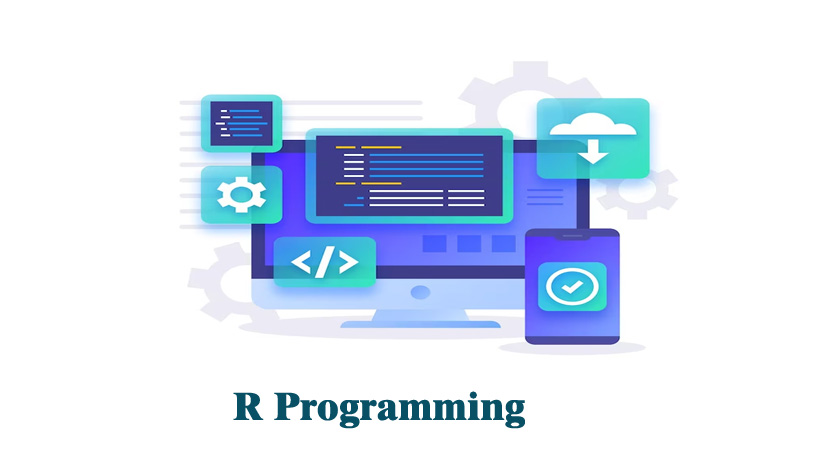R programming is a statistical computing and graphic system. This system consists of 2 parts: the R language and a runtime environment. It is an interpreted language, meaning users can access its function through the command line interpreter. This is not similar to other languages such as Java or Python. This programming is a domain-specific language, meaning its function and uses are designed for a specific domain area. It is not just a general-purpose programming language.
Moreover, it is equipped with a large set of programs to help enable data visualization for users to analyze data and create graphics. Since this language has built-in graphical functions, it also has several add-ons that will facilitate this function. R programming was developed in the early 1990s by the University of Auckland. However, version 1.0.0 was officially released in February 2000.
Where and How R Programming is Used?
Many professionals use this programming in their work. It is also used in various technology fields. Let us look at some of the professions where this language is used:
- Data analyst
- Data scientist
- Financial analyst
- R programmer
- Geo statistician
- Machine learning scientists and more
Conclusion
In conclusion, R programming is a prevalent language that will help people handle vast data. It helps in developing data visualization and also performs a range of analytical and statistical computing tasks. They have seen some of the fields in which this language is used. It would help to remember that this is an entirely open-source language. Today, it is one of the most used programming languages worldwide. Therefore, R Programming is powerful, extensible, and flexible. If you want to build your career in data science or any other related profession, then R programming language will help you get ahead, and you can get a high-paying job in data science or data analytics.

